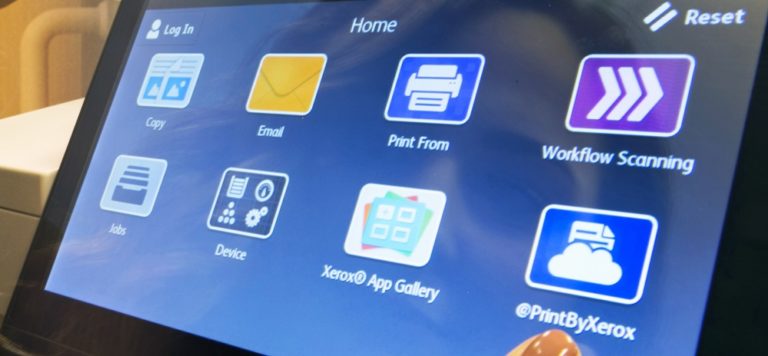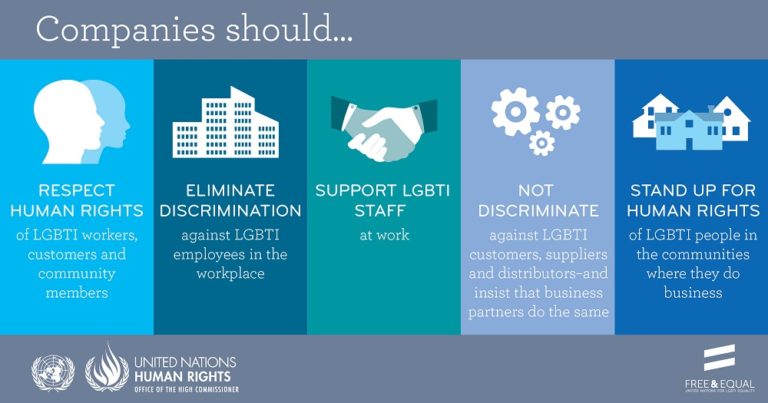Millennials are using transportation differently than Generation X or Baby Boomers. Here’s what it means.
By Parker Williams, senior vice president, Transportation Solutions, Xerox
 The Millennial generation is larger than the Baby Boomer generation and three times the size of Generation X. We know that these individuals rely more on product reviews and endorsements from their friends, than any message on a pricy advertisement or huge marketing campaign. Millennials use their smartphones heavily, have more “friends” than anyone could possibly converse with regularly, and are highly skeptical of the media.
The Millennial generation is larger than the Baby Boomer generation and three times the size of Generation X. We know that these individuals rely more on product reviews and endorsements from their friends, than any message on a pricy advertisement or huge marketing campaign. Millennials use their smartphones heavily, have more “friends” than anyone could possibly converse with regularly, and are highly skeptical of the media.
As a transportation expert, it’s necessary to have a thorough understanding of these behavioral trends so that we can adapt. Millennials are using transportation differently than Generation X or Baby Boomers. How can we prepare for this shift? Below are five ways millennial behavior is impacting transportation:
- They desire a multi-modal transportation system. Millennials tend to use more than one mode of transportation in a given journey, commonly referred to as mixed-mode or multi-modal commuting. According to an APTA report, nearly 70 percent of Millennials use multiple ways of getting around a city or suburb. They choose the most practical method of transportation for each trip, and use multiple travel options several times a week. About 46% of Millennials say that the main reason for walking or riding a bike is to save money.
- They ride public transit more often. This generation has a reduced dependence on the automobile. Car-sharing, bike-sharing, walking and car ownership all play a part in the multi-modal network, but public transportation is ranked highest as the best way to connect to other methods of transportation.
- They are taking longer to get their license. Millennials’ sense of freedom doesn’t depend on driving as much as it did for previous generations. As public transportation continues to improve, Millennials are taking advantage of these lower cost options and opt to spend their money on experiences rather than costly things such as an automobile.
- They like to be connected. A key benefit to public transportation is that you can multitask—such as texting friends while on the way to the office. This tech-savvy generation is the most educated generation in American history, and being constantly connected is just one of the ways they keep up with an ever-changing world.
- They aren’t having as many children. A study by the Frontier Group shows that between the end of World War II and 2004, Americans drove more miles with each passing year. A key factor in this trend was a steady population increase. Today we’re just not growing at the same pace, which means that smart transit executives are taking another look at their long-term plans.
Every generation has its own set of behaviors and norms. It’s always fascinating to see the differences between each age group.
What’s your plan to build a better morning commute for the generations to come?
Link to More Information:



HI Parker, thanks for the opportunity to comment on your article. Of my more than 33 years as a transit professional, you have put your hands on the great opportunity facing public transportation, a generation, the millennials, prime for change. They ride buses as well as trains based on need, interconnectivity, level of service, quality of service and cost of service not economic status, education, or residential location. They use what is available and are extremely tech savvy. With market sensitive passenger information systems, the public transportation capture rate for them is high. As an illustration, I understand that Xerox is working on a program called “Shop and Ride”, With a GPS, a retail directory, on-board video monitors and big data on whose riding, these customers would be informed about the goods and services available along their bus and rail routes as well as the condition and performance of the public transportation system. Its the concept of targeted or micro marketing. and service integration. I think you are on to something big and as one of Xerox’s consultant, I would love to work with you to develop, test and commercialize Shop and Ride.
Living in the suburbs of WNY, I would like to see public transportation more available. In the NYC & DC area public tranportaton is more available to its surroundidng areas.
Parker,
Thanks for the excellent summary. I believe many of us have noticed the different behaviors with our own Millennial children but did realize it was so prevalent and part of their normal activity pattern. My own Millennial daughter rides her bike to work, communicates over the web, carries little cash, uses credit cards, and loves to ride public transportation. She fits all your above points.
Great job Parker.
As the father of 5 millennials and father in law of three more, this is a topic of not only great interest, but real significance for how we approach transportation opportunities.
You remain, as always, on the leading edge.
As regards to a related demographic, do you happen to recall D.I.N.K. and S.I.L.K. ?
Best regards,
Keith Chase